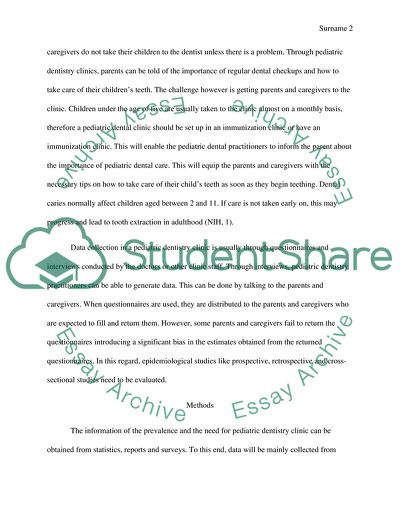Cite this document
(Opening a Pediatric Dentistry Clinic Coursework, n.d.)
Opening a Pediatric Dentistry Clinic Coursework. https://studentshare.org/health-sciences-medicine/1810132-apply-epidemiologic-methods-and-data-to-a-management-problem-you-could-have-at-work-which-is-dental-office
Opening a Pediatric Dentistry Clinic Coursework. https://studentshare.org/health-sciences-medicine/1810132-apply-epidemiologic-methods-and-data-to-a-management-problem-you-could-have-at-work-which-is-dental-office
(Opening a Pediatric Dentistry Clinic Coursework)
Opening a Pediatric Dentistry Clinic Coursework. https://studentshare.org/health-sciences-medicine/1810132-apply-epidemiologic-methods-and-data-to-a-management-problem-you-could-have-at-work-which-is-dental-office.
Opening a Pediatric Dentistry Clinic Coursework. https://studentshare.org/health-sciences-medicine/1810132-apply-epidemiologic-methods-and-data-to-a-management-problem-you-could-have-at-work-which-is-dental-office.
“Opening a Pediatric Dentistry Clinic Coursework”. https://studentshare.org/health-sciences-medicine/1810132-apply-epidemiologic-methods-and-data-to-a-management-problem-you-could-have-at-work-which-is-dental-office.


